Planting trees in pots allows you to bring vertical structure, shade, and seasonal interest into spaces where planting in soil isn’t possible — paved courtyards, balconies, rooftops, pool zones, terraces, and patios. Whether you're working within tight spatial constraints or aiming for a clean, architectural finish, the right tree in a quality pot can instantly elevate the landscape.
Potted trees are also incredibly flexible. They can be moved, used to screen a specific view, highlight an entryway, or soften the hard edges of built environments. But success comes down to good plant selection, the right pot, and ongoing care.
We’ve selected five proven trees that consistently perform well in pots — chosen for their root behaviour, structure, resilience, and aesthetic impact.
Choosing the Right Pot
-
Go at least 60% larger than the tree’s rootball at the time of planting
-
Drainage is essential – all pots must have drainage holes
-
Choose materials that suit your climate and aesthetic – concrete, terracotta, or lightweight fibreglass
-
Avoid narrow, tapered shapes – especially for long-term trees
-
Use premium potting mix with added compost or slow-release fertiliser
-
Elevate pots slightly off the ground to improve drainage and airflow
Recommended Trees to Plant in Pots
1. Acer palmatum – Japanese Maple
Japanese Maples are a top choice for architectural pots thanks to their compact form, layered branching and rich seasonal colour. They work beautifully in shaded or protected areas where softer foliage is required.
Why it's a top choice for pots:
-
Moderate growth with non-invasive roots
-
Seasonal change: green or burgundy leaves turning vibrant red, orange or gold in autumn
-
Clean branching adds structure even in winter
Best used for:
-
Shaded courtyards or entryways
-
Smaller gardens with dappled light
-
Pairing with dark or minimal pots to highlight foliage colour
Tips:
-
Keep out of direct afternoon sun, especially in warmer climates
-
Water consistently – do not let the pot dry out completely
-
Use slow-release fertiliser for acid-loving plants in spring

2. Cercis canadensis 'Forest Pansy'
Known for its broad, heart-shaped purple foliage, Forest Pansy makes a bold statement in a pot. Its upright form, seasonal leaf colour and winter branching make it a true all-rounder.
Why it's a top choice for pots:
-
Strong, upright habit with manageable size
-
Rich foliage colour through spring and summer
-
Architectural value during dormancy
Best used for:
-
Standalone feature in large pots
-
Breaking up long paved spaces or boundary walls
-
Contemporary courtyard plantings needing vertical interest
Tips:
-
Prefers full sun to part shade
-
Protect from strong winds to avoid leaf damage
-
Feed annually and refresh potting mix every few years

3. Malus (Crab Apple)
Highly ornamental, with spectacular spring blossom and compact form.
Malus ioensis 'Plena', also known as Bechtel Crab Apple, is one of the most beautiful ornamental flowering trees used for smaller gardens and pots. Best known for its large, double pink blossoms, it delivers an exceptional spring display — soft, full, and layered — with a light fragrance that adds to its charm.
This variety has a naturally compact, rounded shape with fine branching, making it ideal for growing in pots. Its refined silhouette works across many garden styles, from classic and cottage to contemporary courtyard designs.
Note: This is a sterile, ornamental variety — it does not produce fruit.
Why it’s a top choice for pots:
-
Masses of showy, fragrant, double pink flowers in spring
-
Compact growth and tidy branching suit container culture
-
Adds softness, structure, and seasonal focus
Best used for:
-
Flanking entryways or courtyards
-
Bringing ornamental colour to paved or built environments
-
Softening formal layouts with a romantic touch
Tips:
-
Requires full sun for best flowering
-
Keep well-watered through spring and summer
-
Choose a quality, well-drained potting mix and re-pot every few years

4. Olea europaea 'Kalamata' – Kalamata Olive Tree
Hardy, evergreen, and architecturally striking. Kalamata Olives perform exceptionally well in large pots, particularly in coastal and urban gardens. With silvery foliage and a slow-growing, upright form, they suit a wide range of styles.
Why it's a top choice for pots:
-
Evergreen structure and visual texture
-
Very low maintenance and drought-tolerant
-
Long lifespan; improves with age
Best used for:
-
Flanking doorways or walkways
-
Courtyards with full sun exposure
-
Mediterranean or minimalist landscapes
Tips:
-
Needs full sun and excellent drainage
-
Avoid overwatering – allow the pot to dry slightly between watering
-
Prune lightly to shape once or twice a year

5. Magnolia grandiflora 'Little Gem'
Compact and upright with dense evergreen foliage and creamy-white flowers, Little Gem is ideal for adding formality and structure to paved gardens. The dark green leaves with bronze undersides pair beautifully with neutral and classic hardscape materials.
Why it's a top choice for pots:
-
Tall, narrow growth habit
-
Evergreen foliage offers year-round coverage
-
Large, fragrant flowers in warmer months
Best used for:
-
Pairing in symmetrical pots for entrances
-
Screening on terraces
-
Small spaces needing upright structure
Tips:
-
Performs best in full sun or part shade
-
Use a deep, stable pot to support upright growth
-
Feed with a fertiliser suited to acid-loving evergreens

Caring for Potted Trees Long-Term
-
Water regularly, especially in summer – trees in pots dry out faster than those in the ground
-
Fertilise at least twice a year – spring and mid-summer with slow-release or organic fertiliser
-
Re-pot or root prune every 3–5 years to prevent overcrowding
-
Top up potting mix annually and mulch the surface to retain moisture
-
Check drainage often – soggy roots will lead to decline
Looking for the Right Match?
We stock a carefully curated range of trees that are ideal for pot culture — suited to a range of conditions, sizes, and styles. Whether you’re planting to soften a paved space, create a focal point, or build up privacy, we can recommend the right tree for the job.


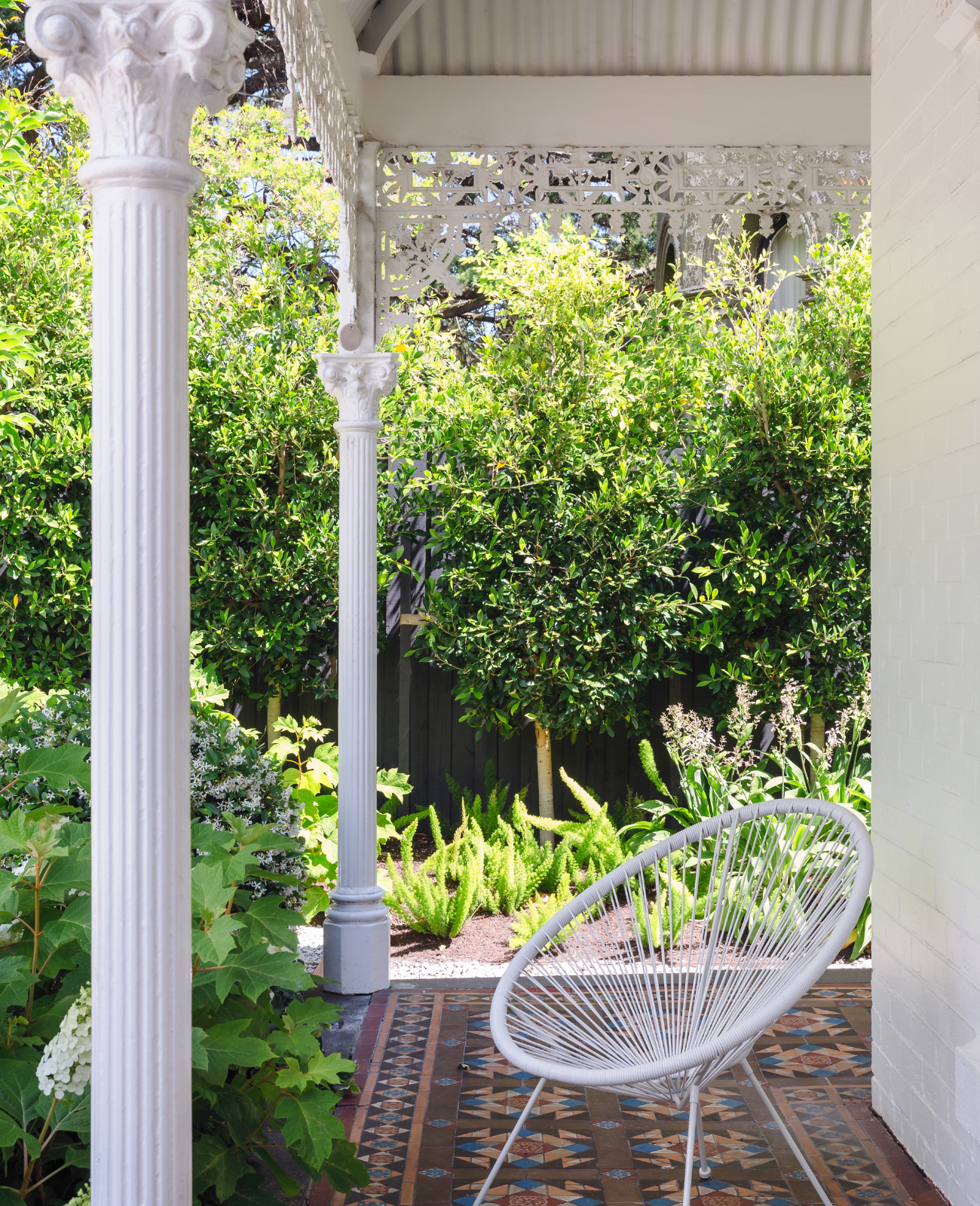
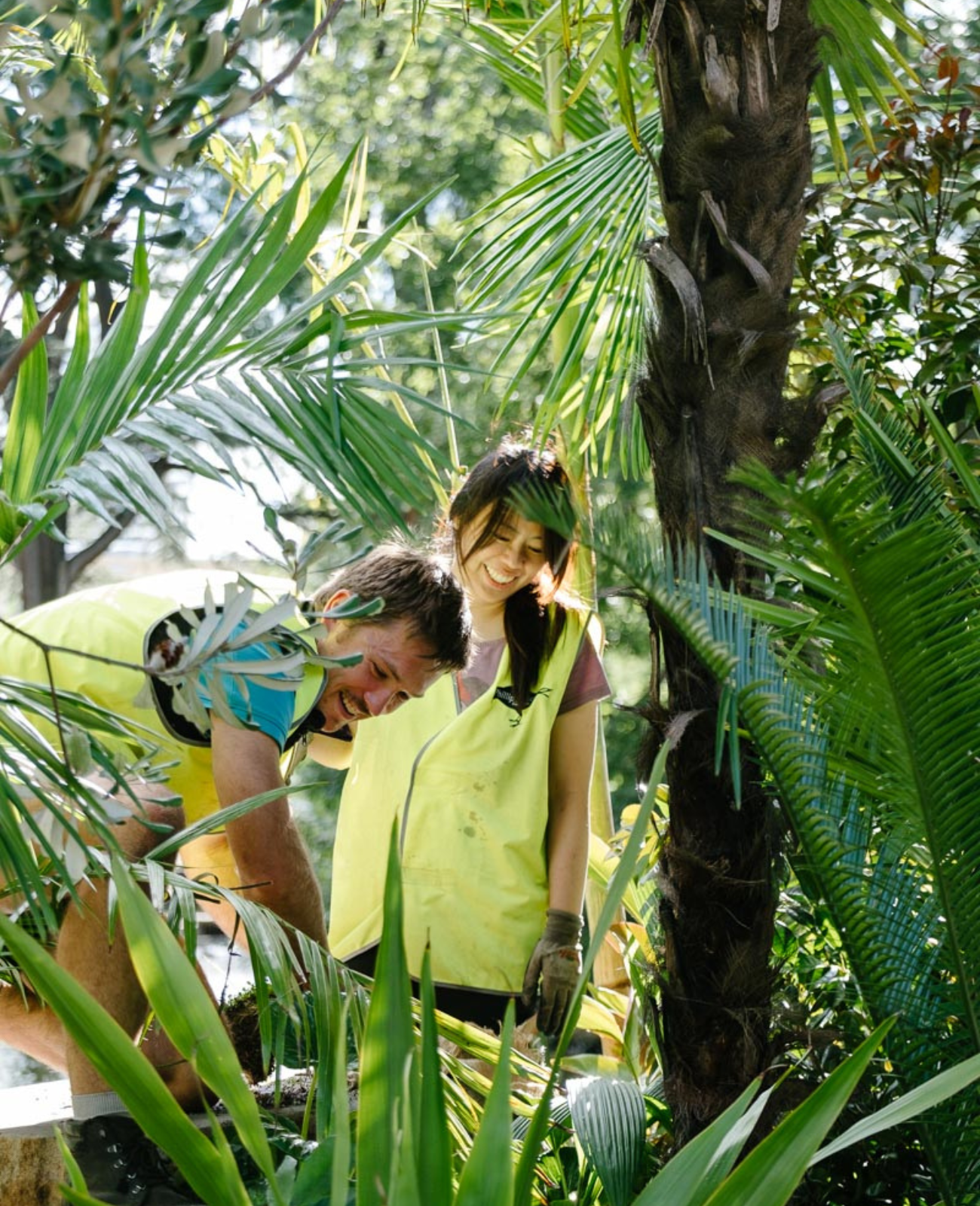
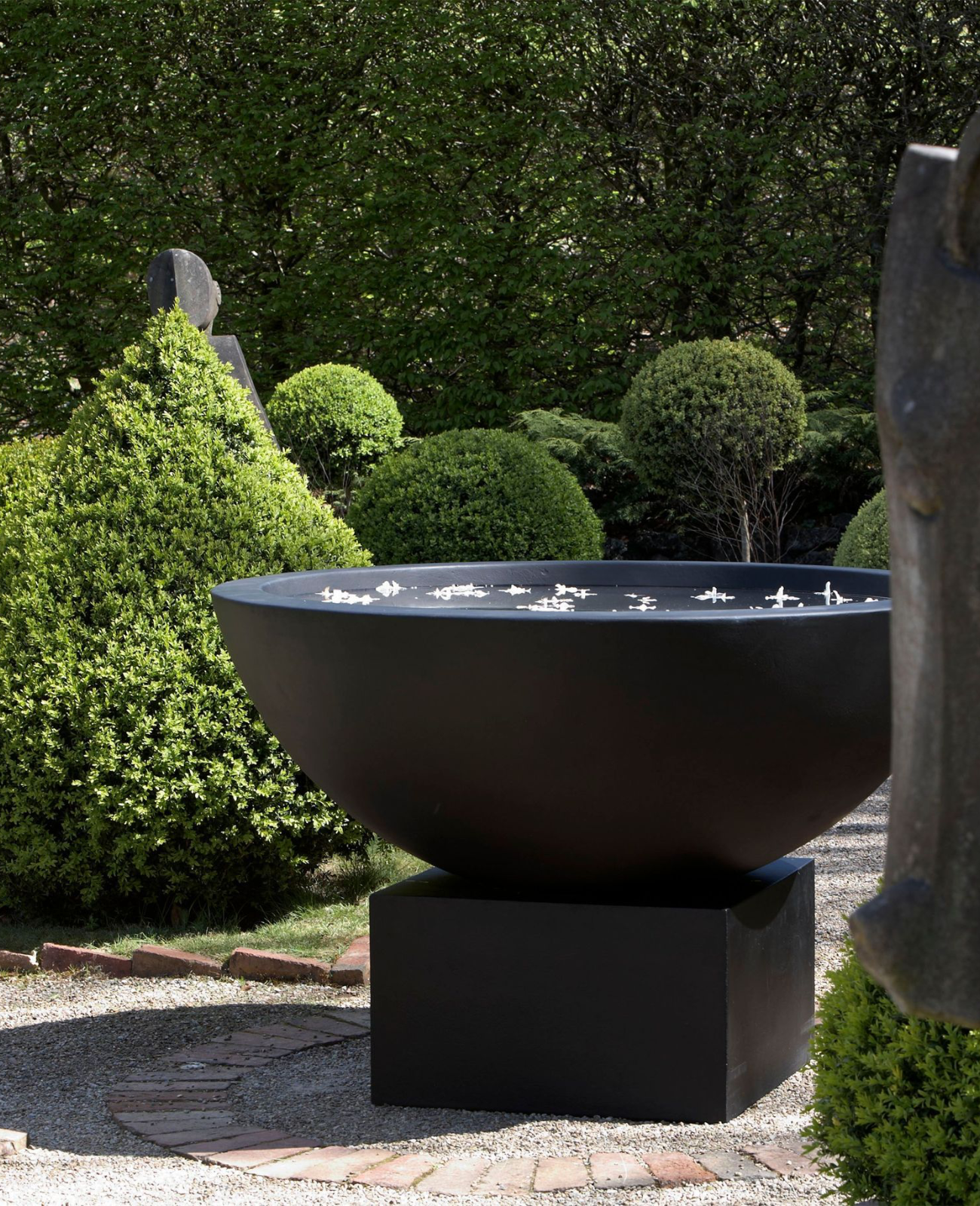
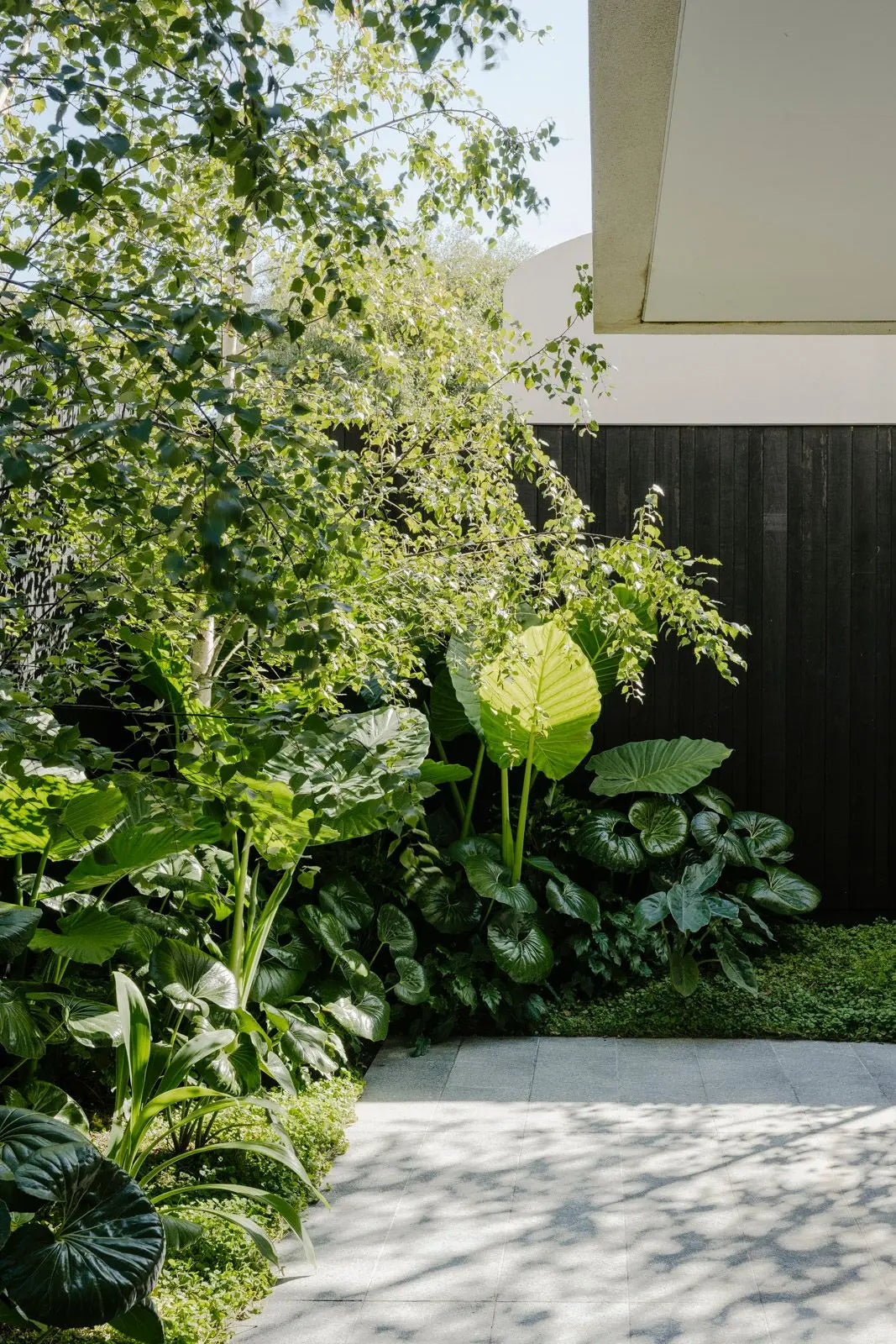
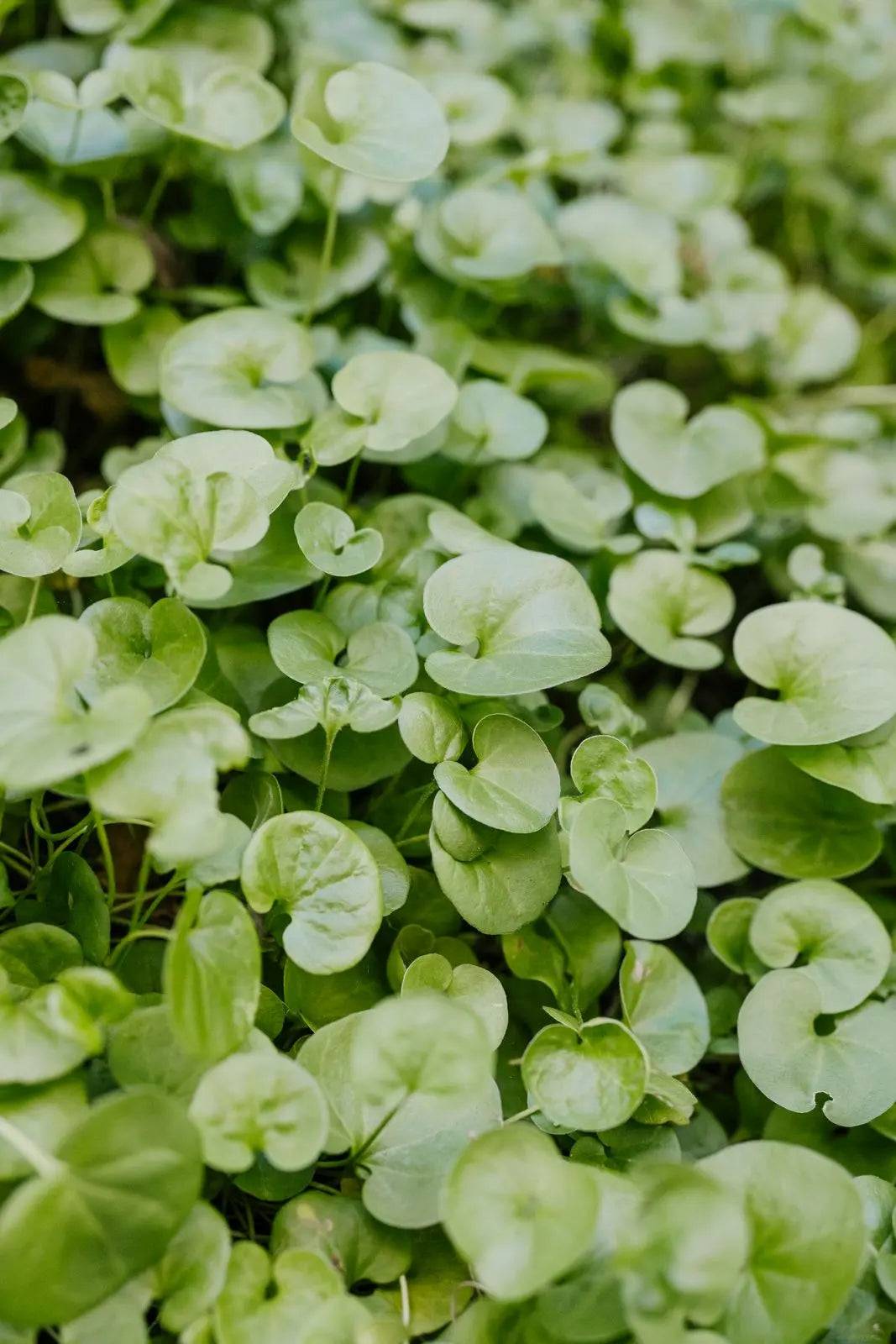
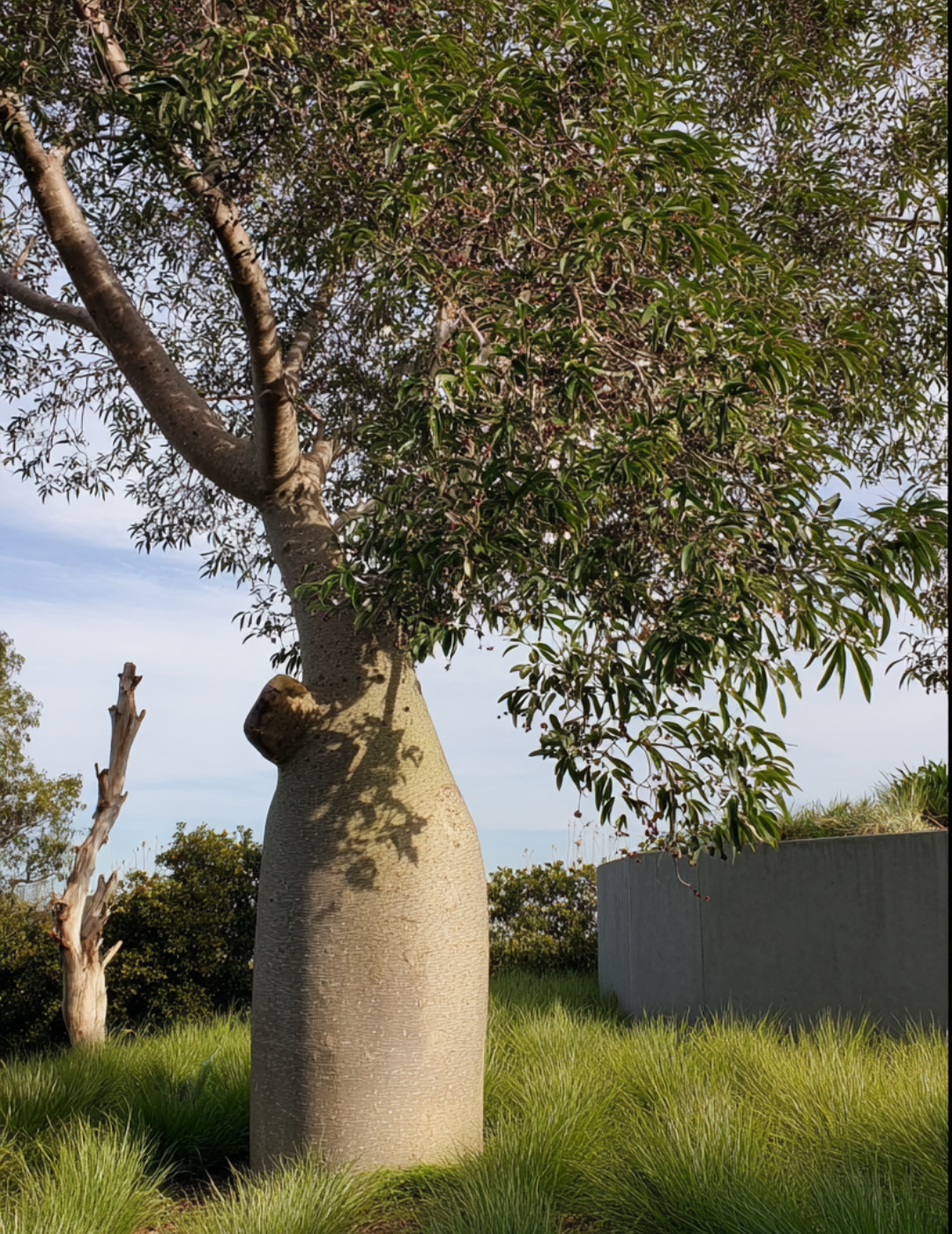
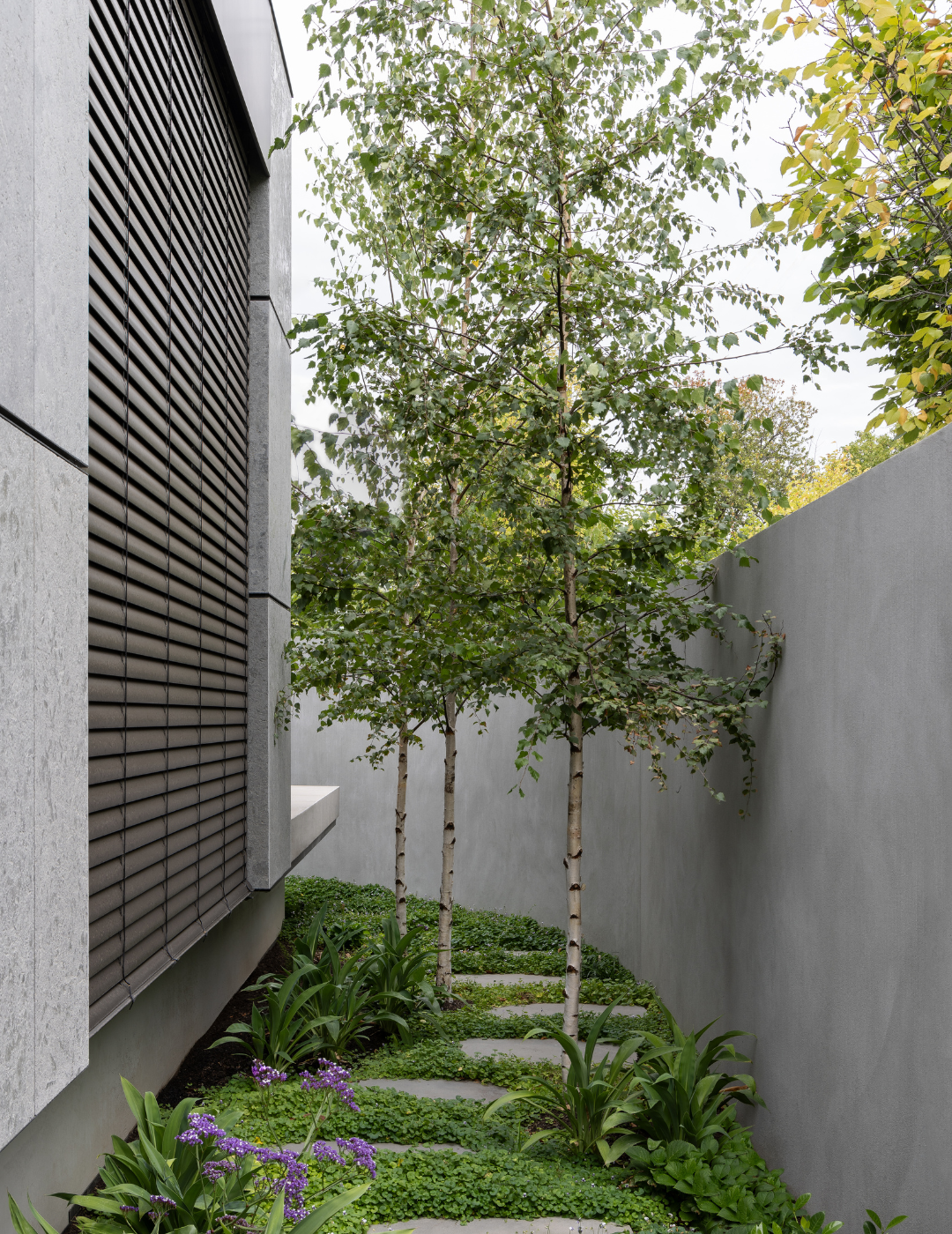
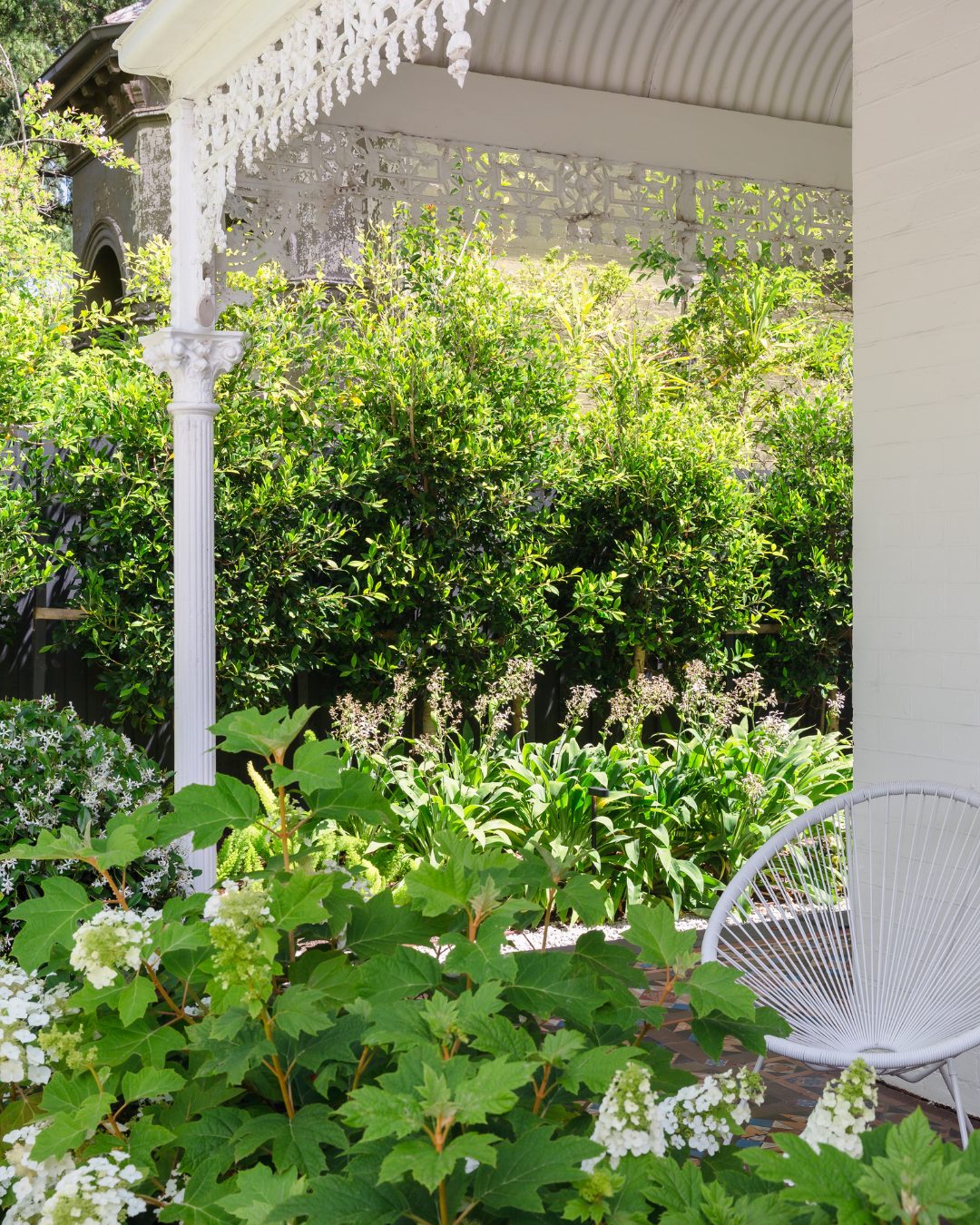
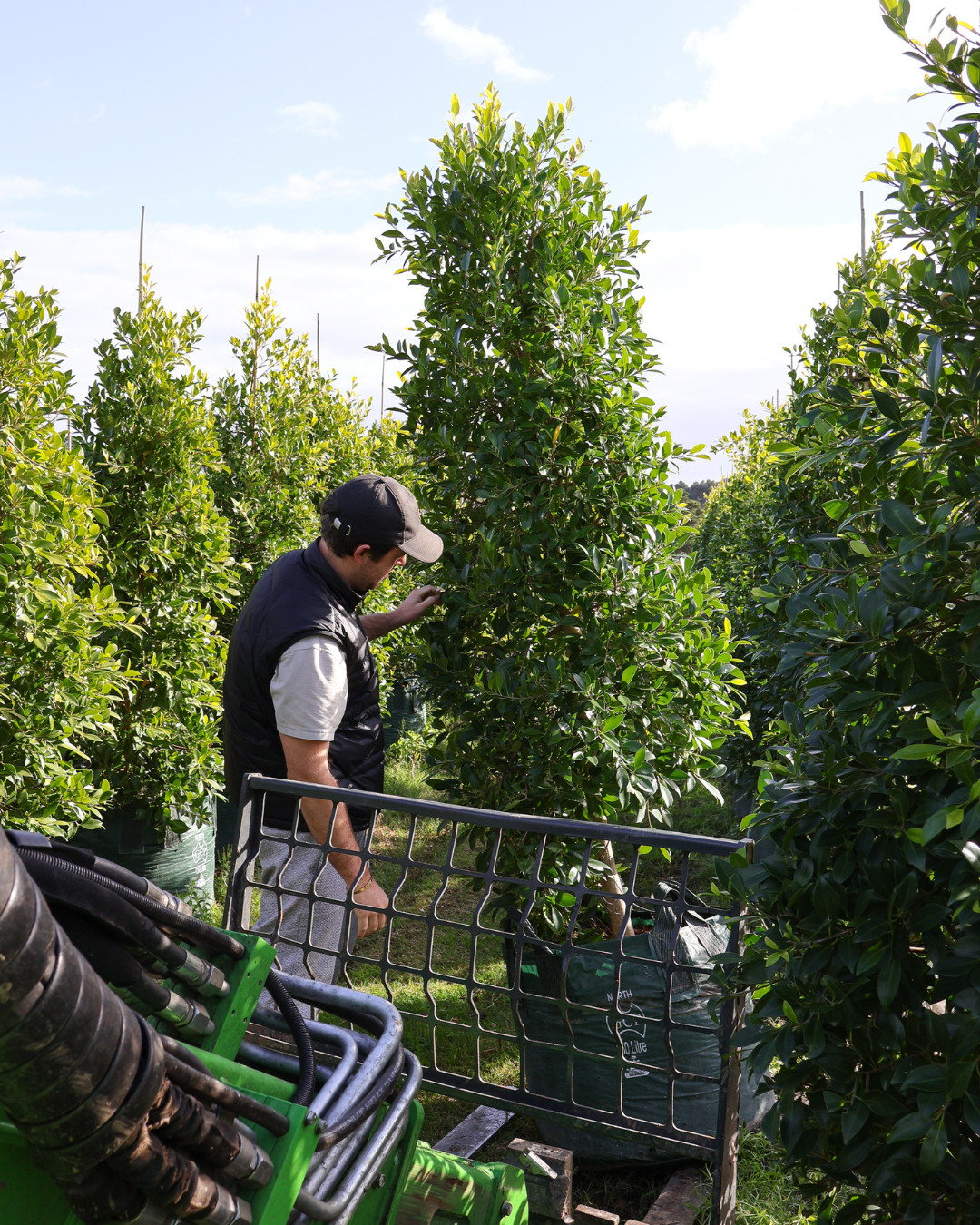
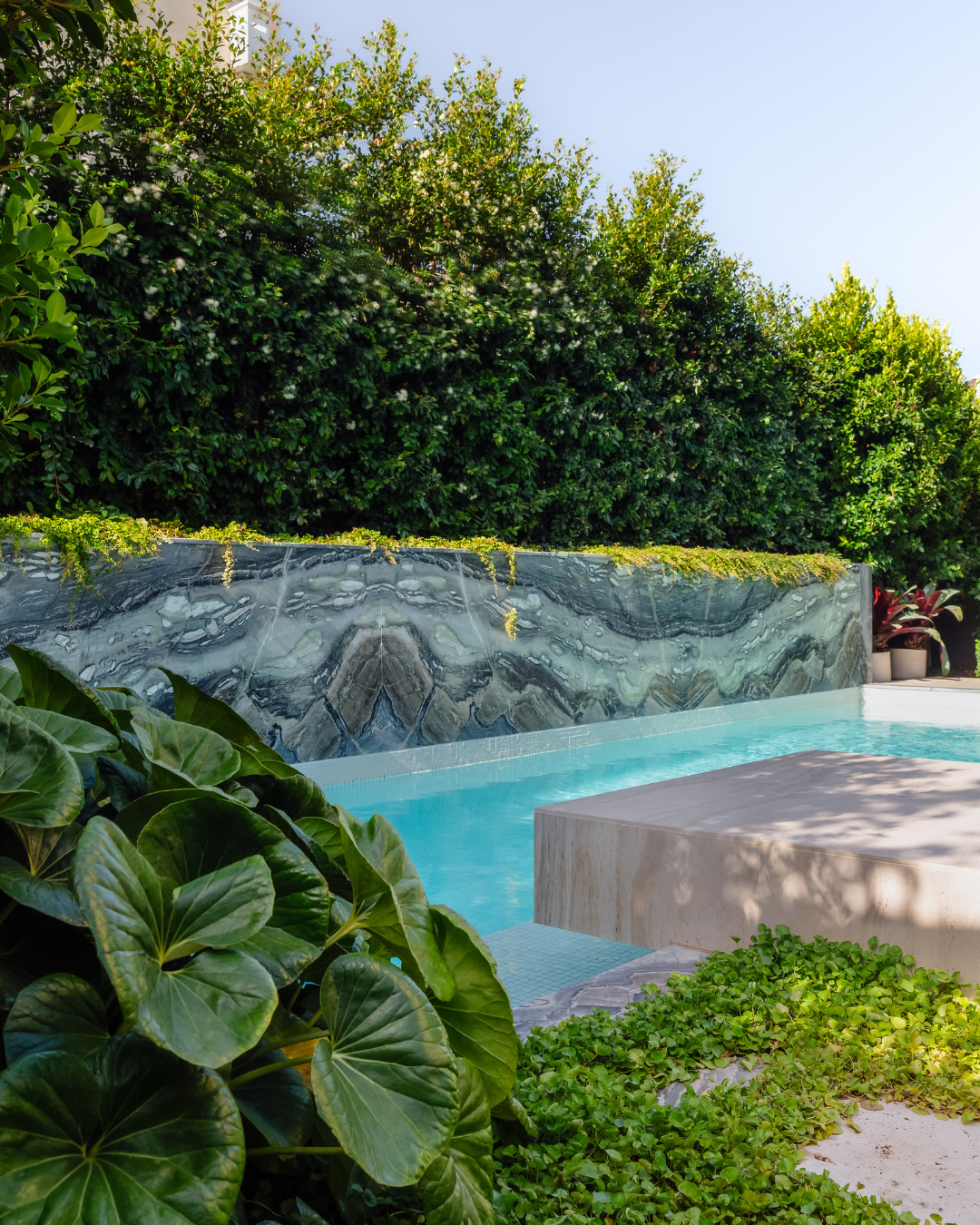
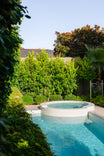
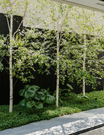
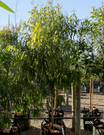
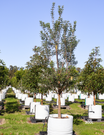
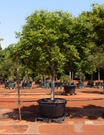
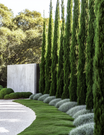
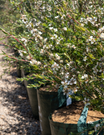
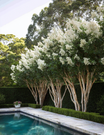
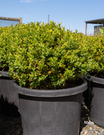
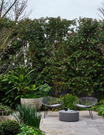

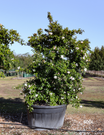
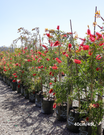
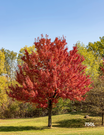
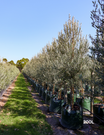
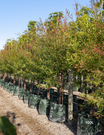
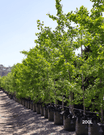
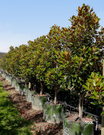
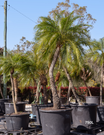
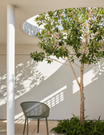
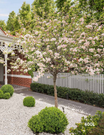

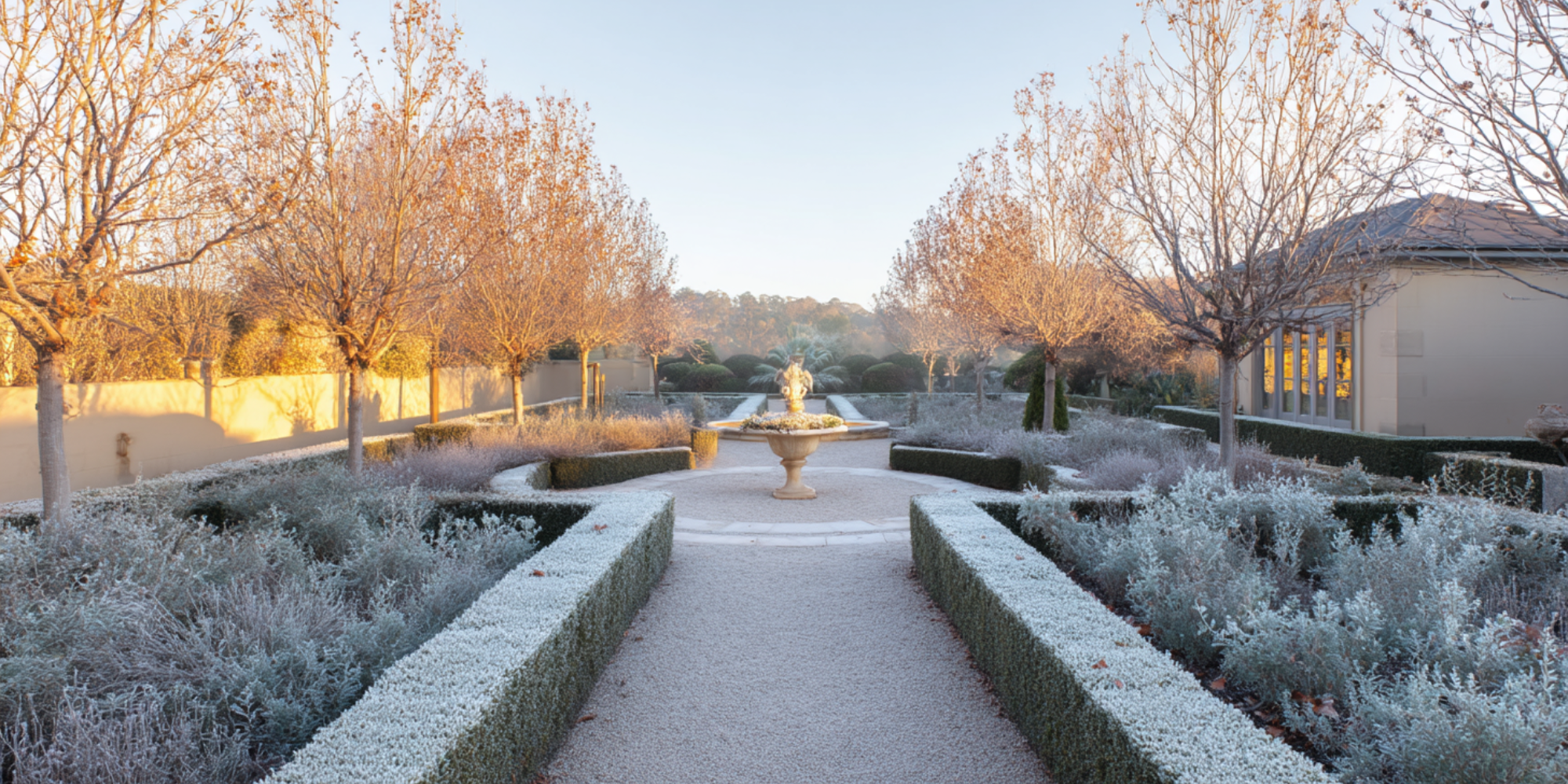
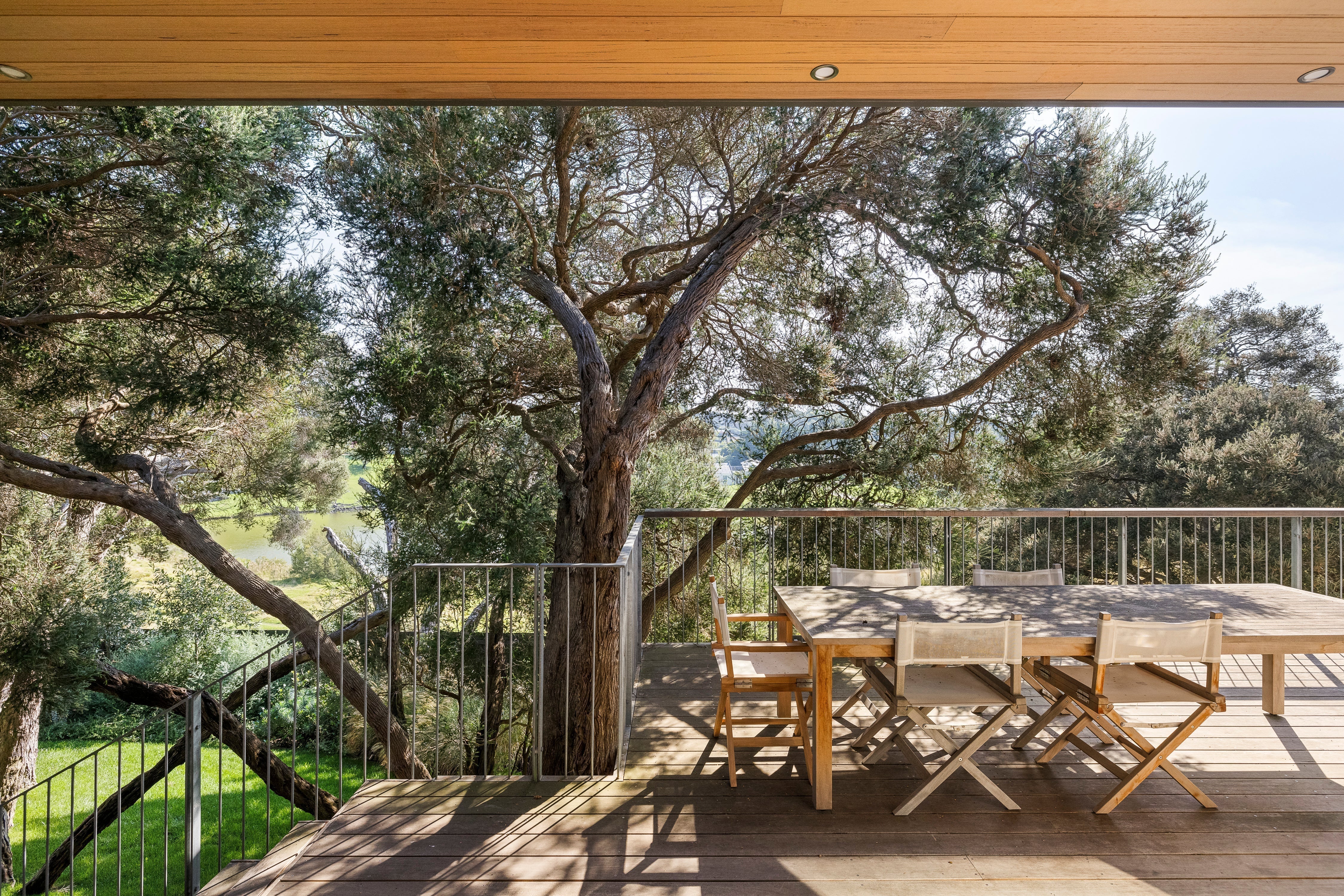
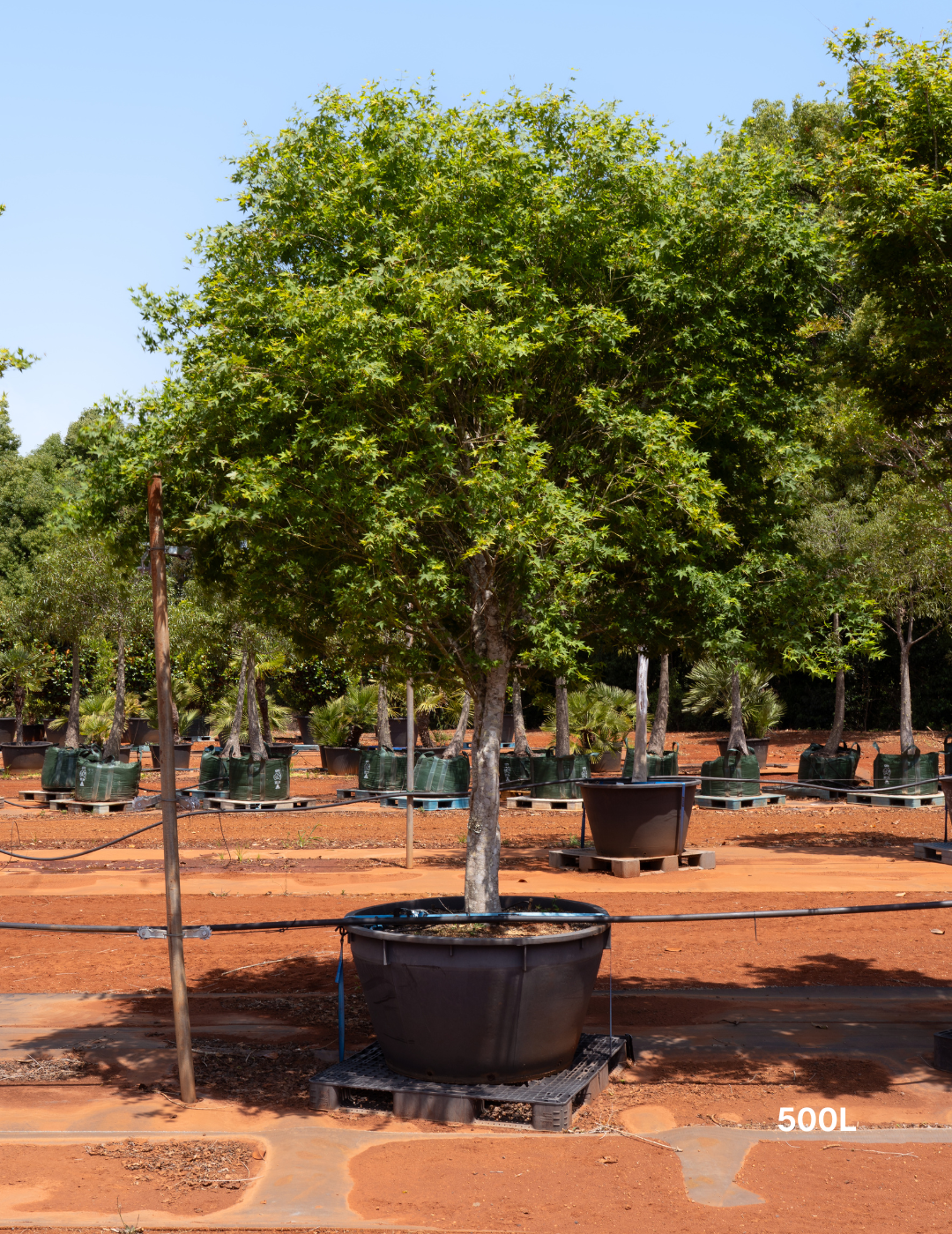
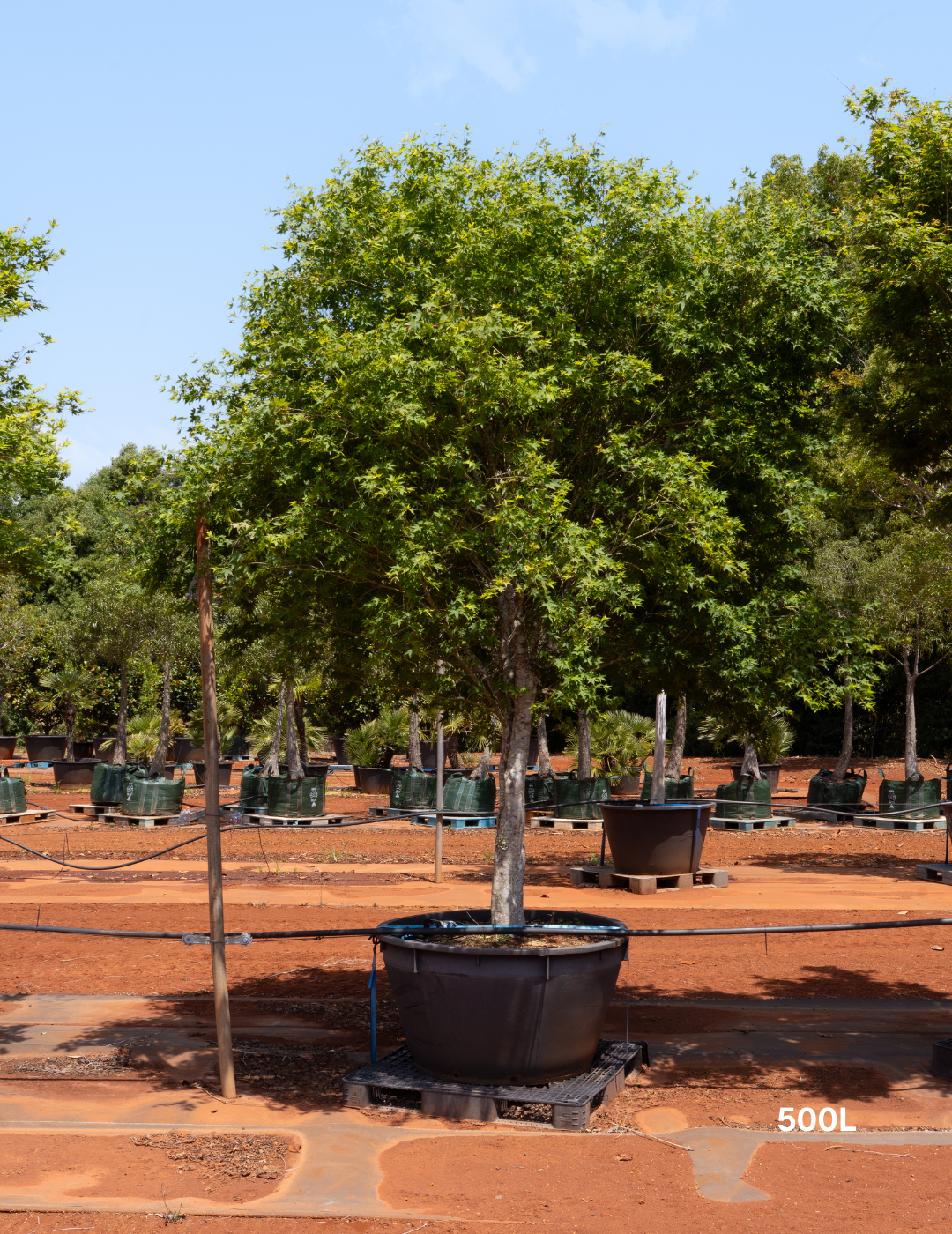
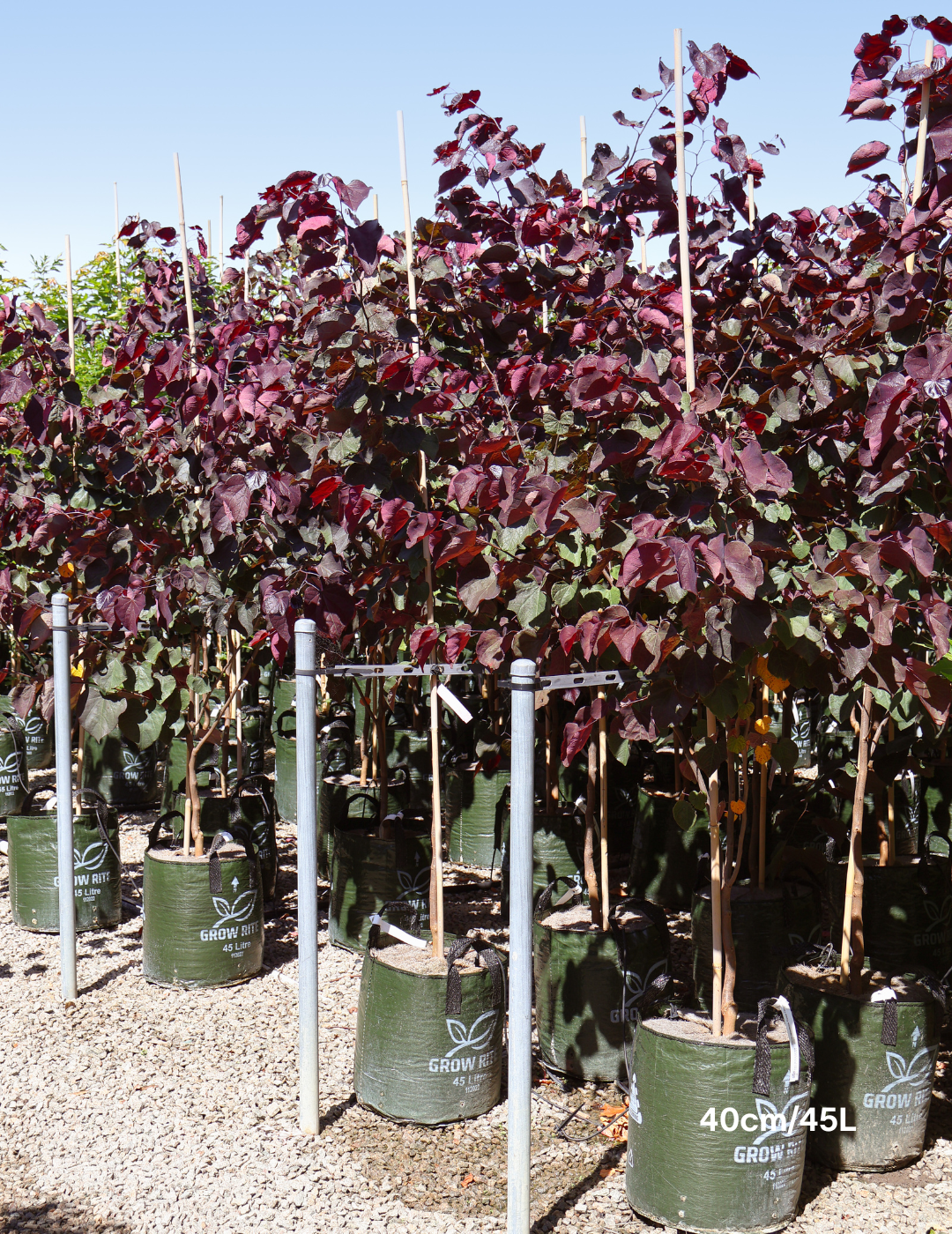
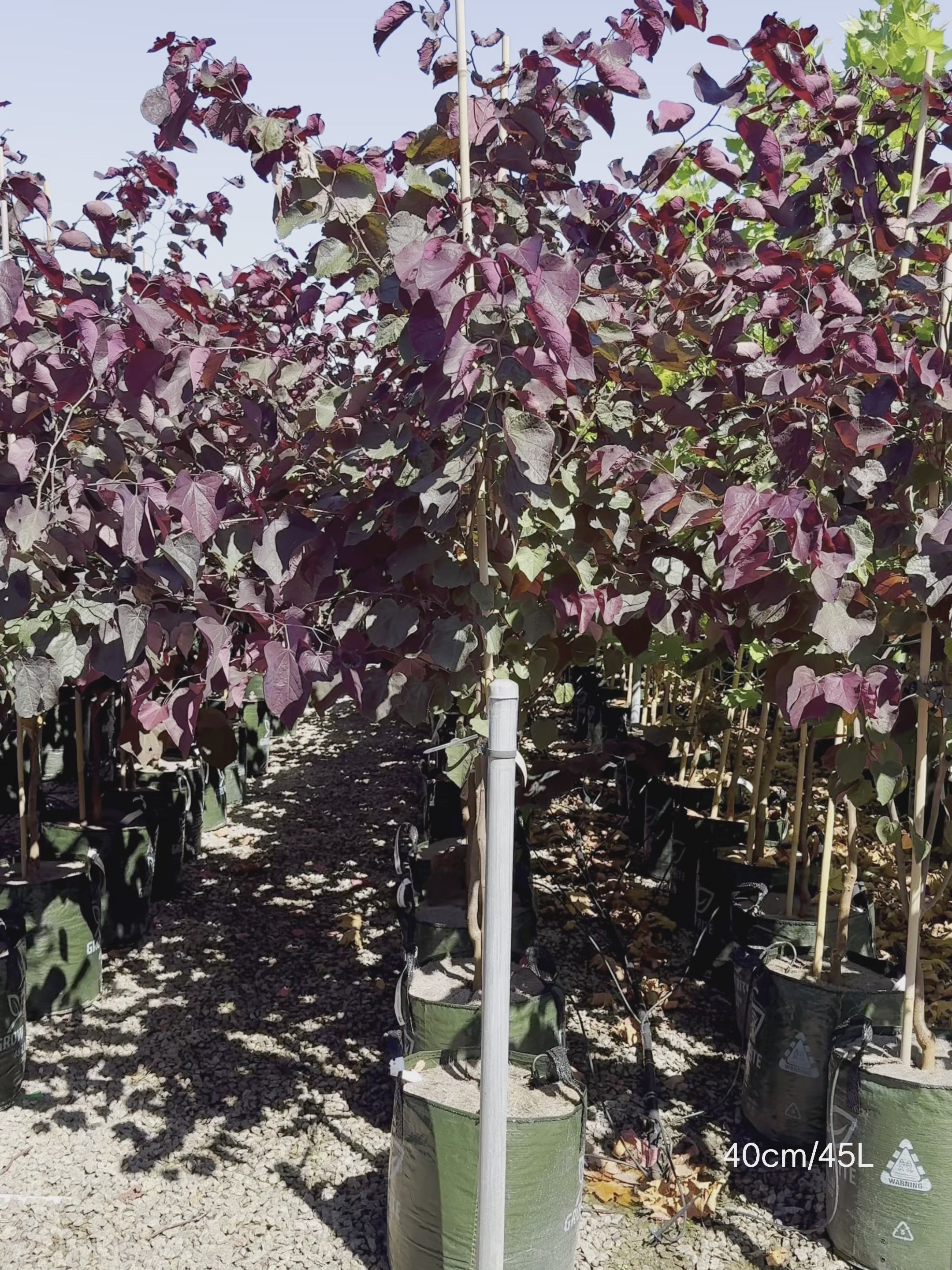
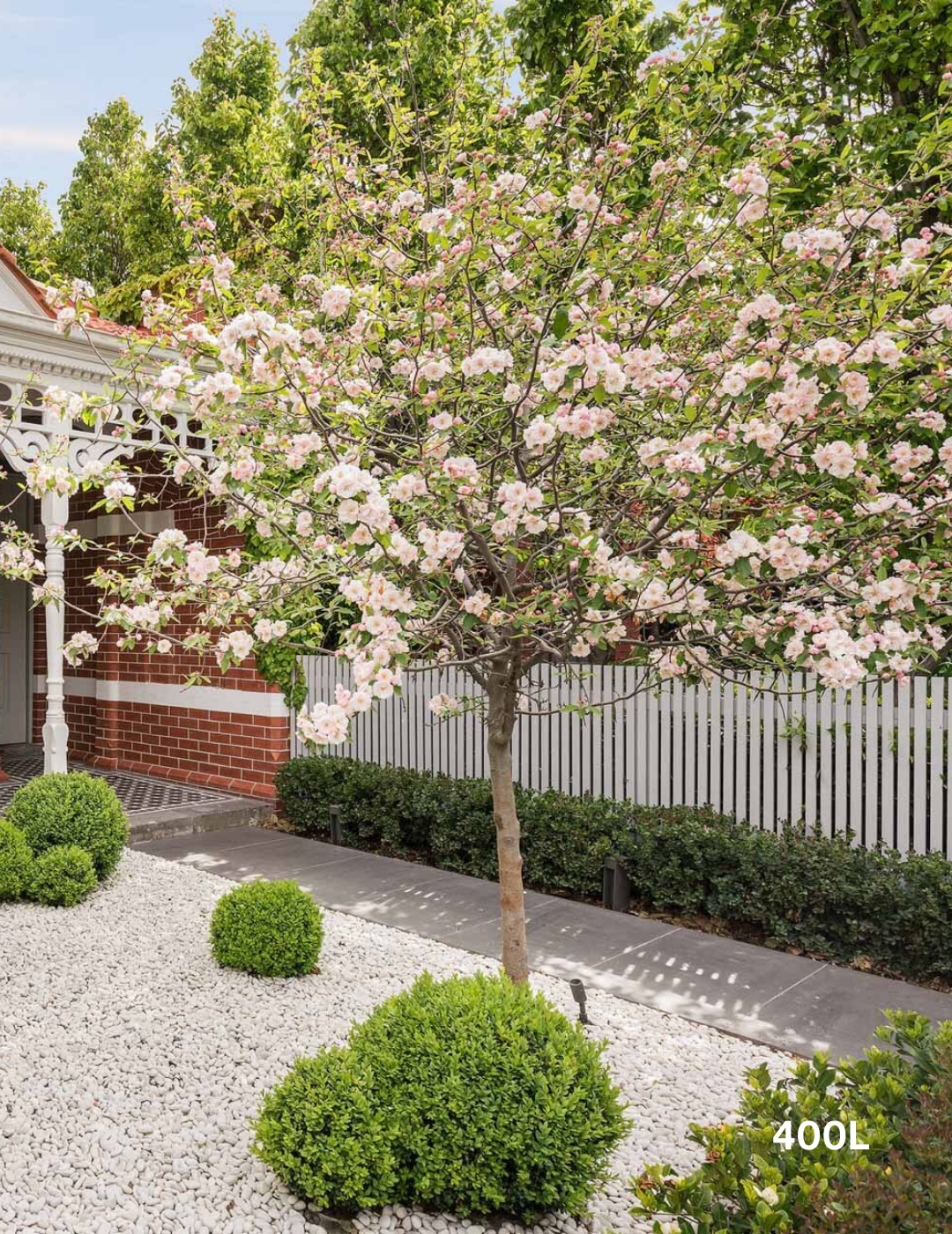
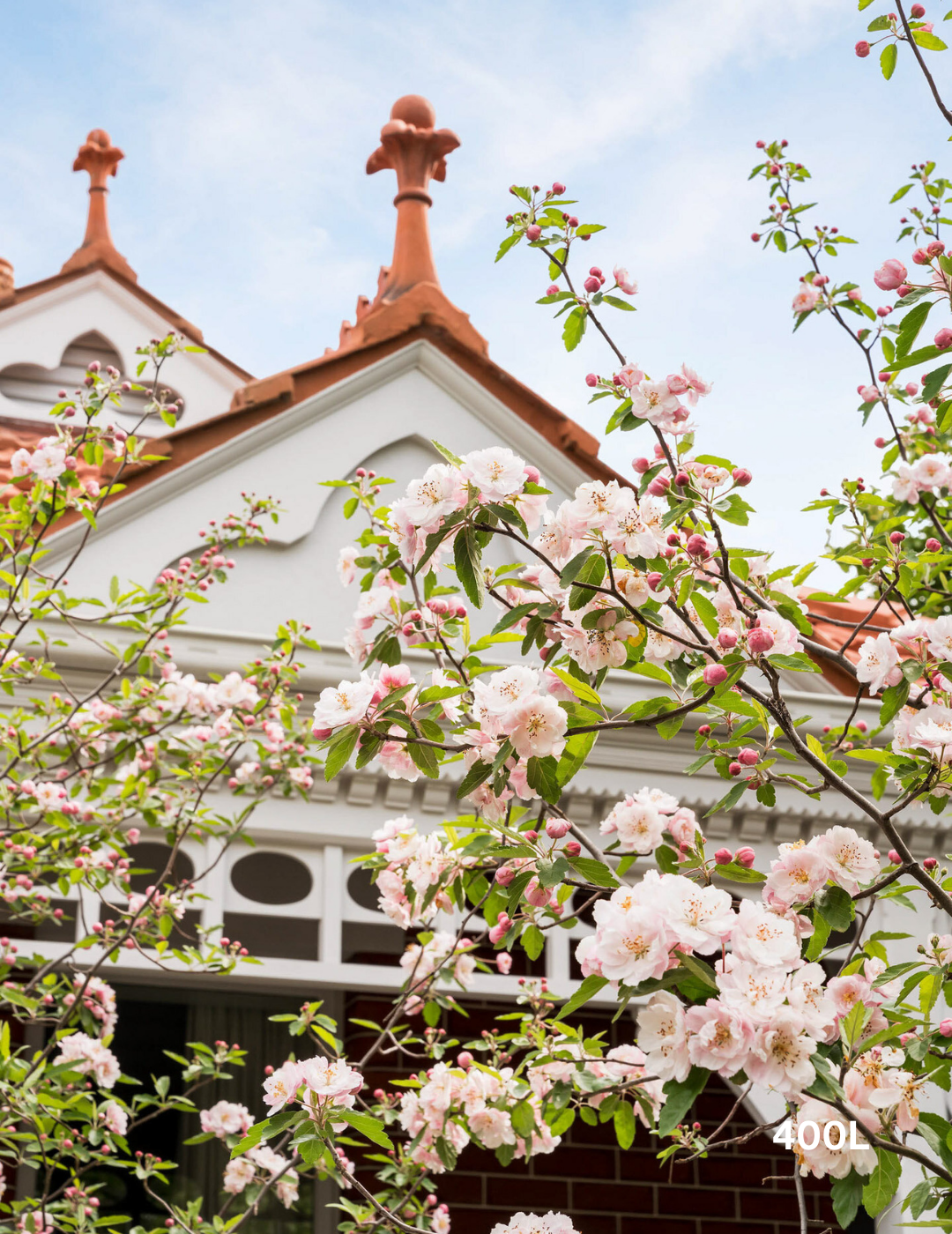
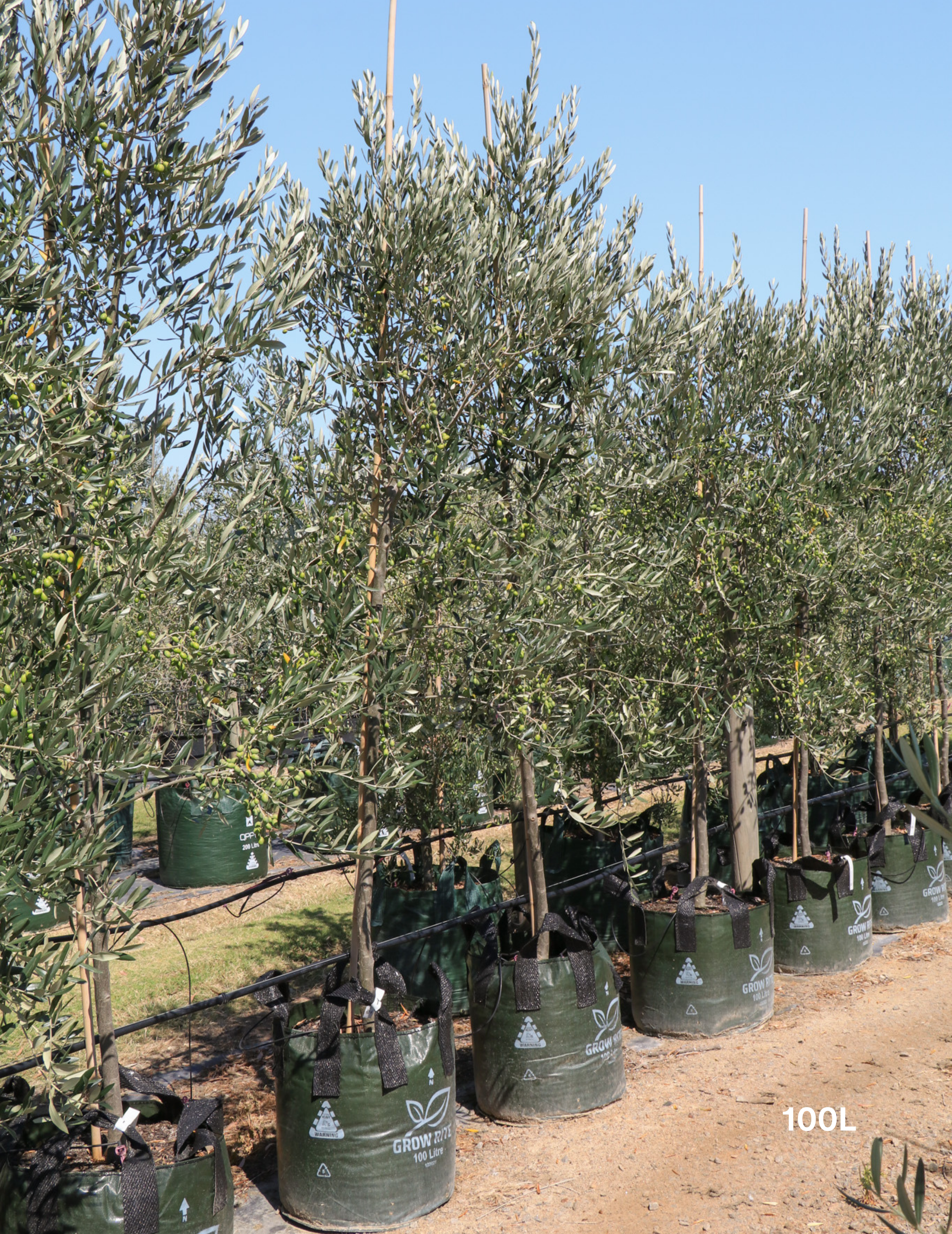
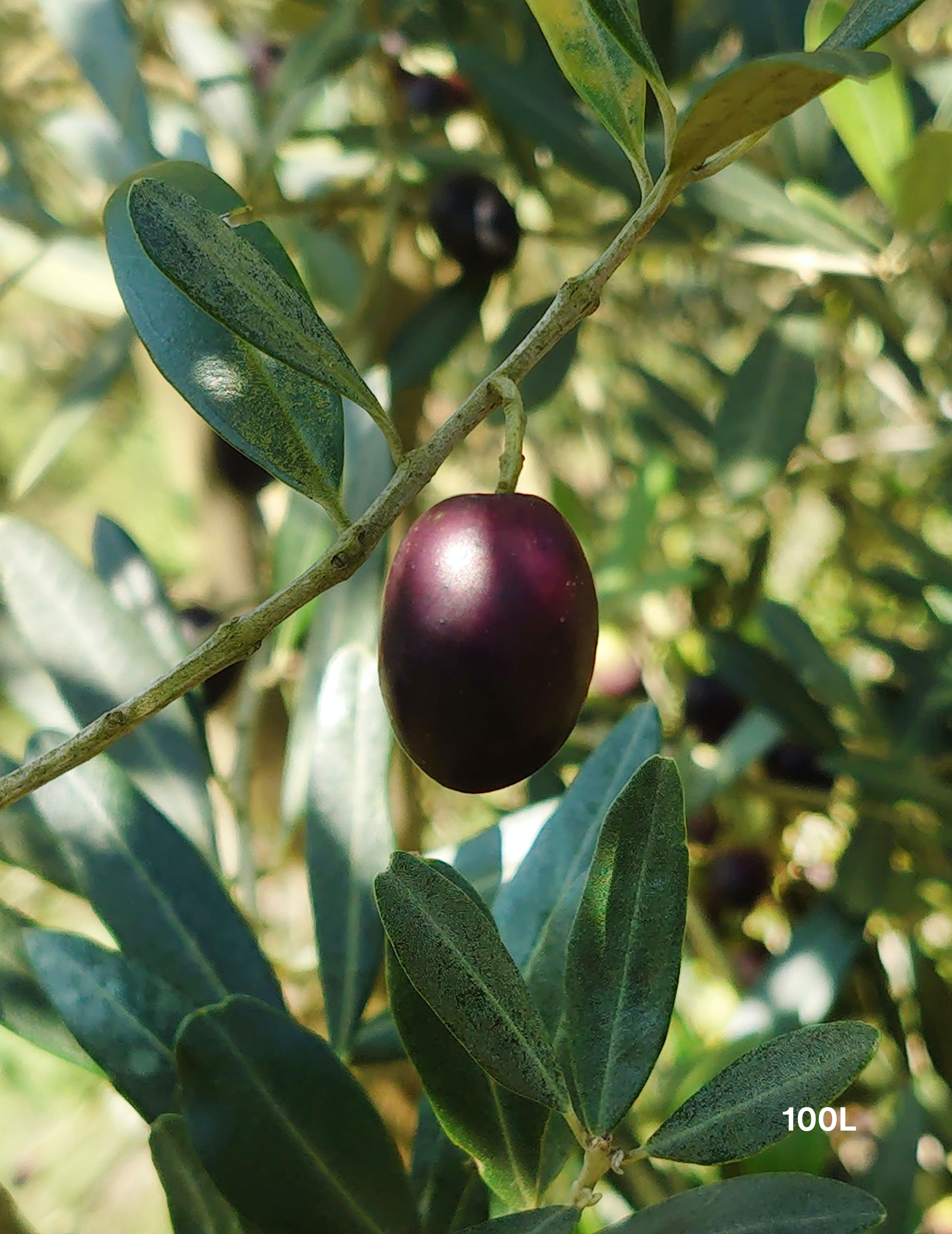
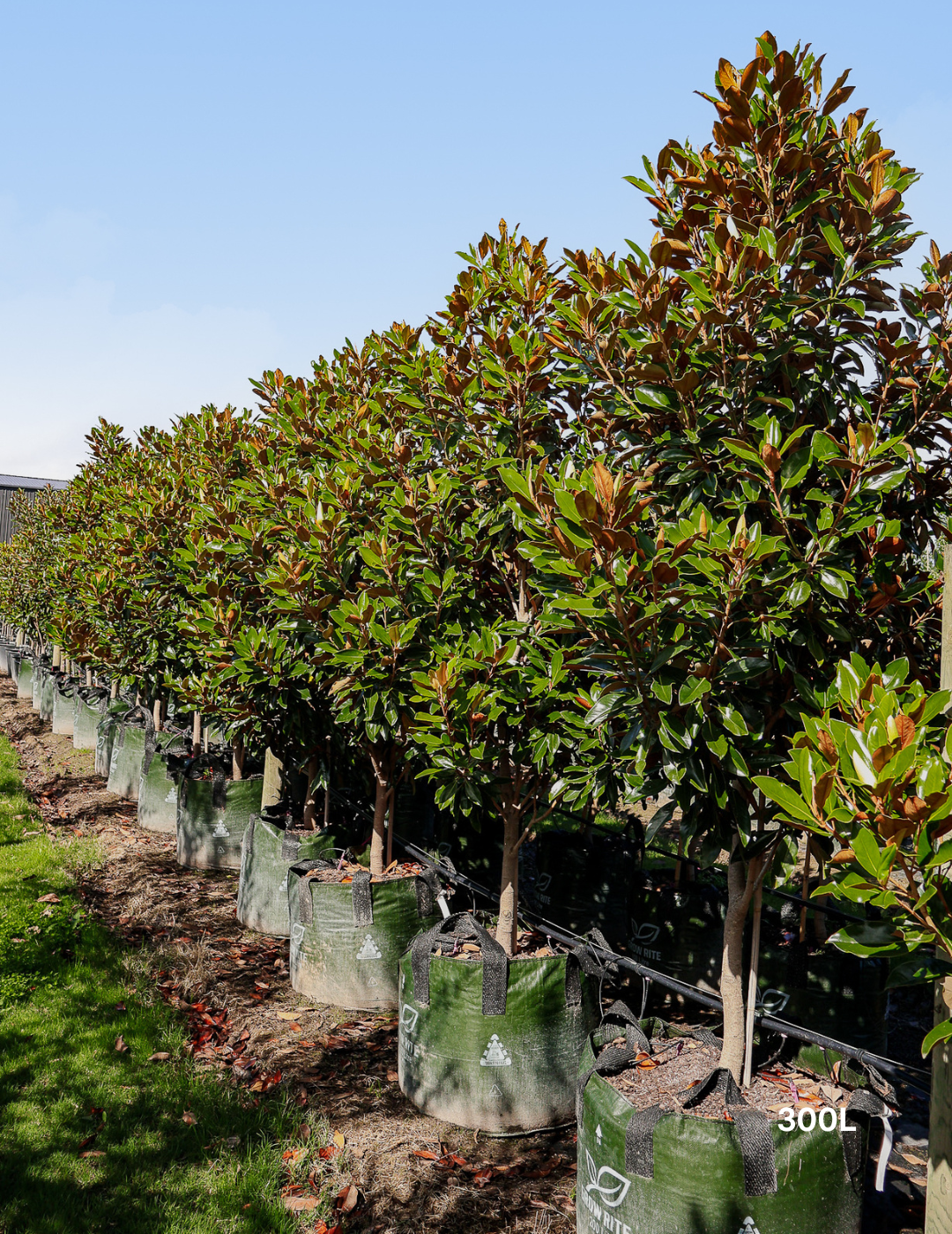
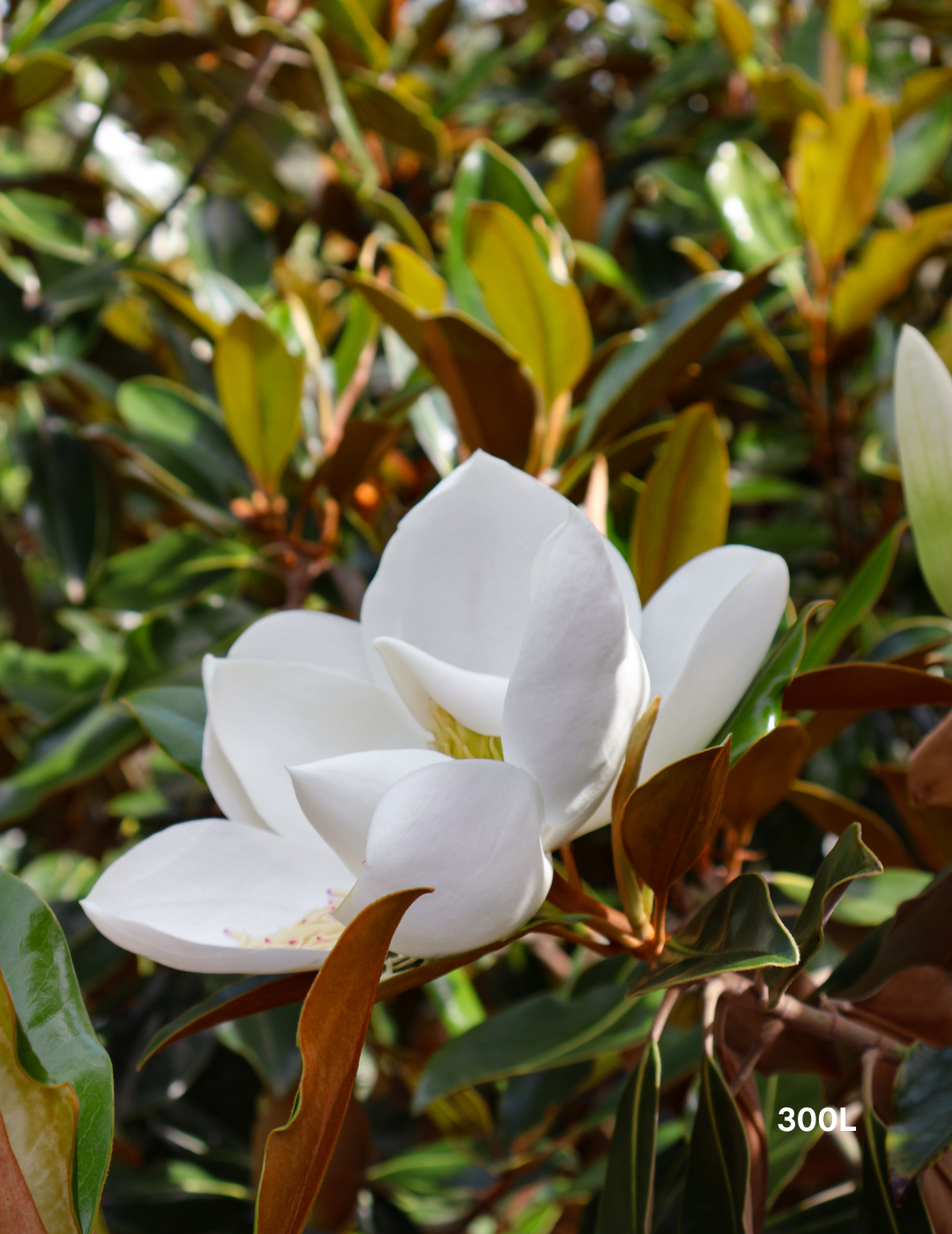
1 comment
debbie
Malus crab apple sizes colours price will they survive in pot full sun
Thank you
Leave a comment
This site is protected by hCaptcha and the hCaptcha Privacy Policy and Terms of Service apply.